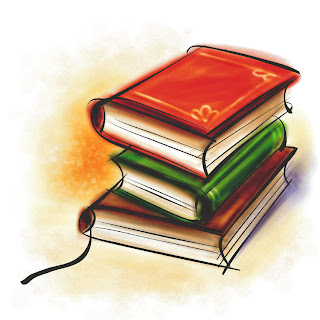In the upcoming posts, I’ll have some tips on buying and selling textbooks (which can be applied to everyday books as well), and I’ll have some other information to keep in mind before buying your college textbooks.
But first, I wanted to share this information about where the money actually goes when you buy textbooks (and other books for that matter). I first saw this information on a poster outside my college bookstore…I guess they know that everybody complains about the costs of books, so they felt a need to explain themselves.
The information I’m posting here was published in 2003 (sorry I couldn’t find a more updated version), but I expect that the numbers are probably about the same today (with perhaps the exception of Freight, which I’m sure is now a slightly bigger percentage of the total cost) You can take a look at the actual chart of this information here: Where The New Textbook Dollar Goes
Here is a summary of the info –
For Every One Dollar Spent on Textbooks:
32.3 cents goes to Publisher’s Paper, Printing, and Editorial costs (production)
11.6 cents goes to Author income (research & writing costs)
10 cents Publisher’s General & administrative (state & fed taxes)
15.4 cents Publisher’s advertising costs (marketing, sending out free copies, etc)
7.1 cents Publisher’s income (after they pay taxes -goes toward new product developement & paying dividends to stock holders)
1.2 cents Freight (this amount has probably risen, in conjunction with gas prices)
11.3 cents for College Bookstore personnel
6.6 cents for college store operations
4.5 cents (pre-tax) for college bookstore income
To me, the most interesting part of this data is that the bookstore gets a total of 22.4% of the money. Obviously they have to pay for employees & operational costs, and we could sit and argue all day long about whether schools & publishing companies are profiting too much from poor students, and we’d never agree on a definitive answer…but I think that if the school book store is there to serve the students (& without the students there is no bookstore), they should make no more than a limited profit. (and of course, in addition to the 22.4% they make from the sell of new books, they also profit again when they buy back the book for practically nothing and then resell it for a higher amount than it was bought back for.)
I mean no offense to those who work at college bookstores, most clerks that I’ve met are very nice people (and you guys don’t set the price or buy back policies). But I’ve never met a single student or teacher that doesn’t think the cost of textbooks is too high, so I wanted to highlight this issue and try to help people who will be buying textbooks for the first time in the next few months or years, and I think the percentages on this chart are interesting to look at as an introduction to the topic.



Jerri
As i am doing MBA, this is really a wonderful insight. Thanks.
Your welcome. Before I started writing these posts I was telling my husband that unless you actually attend college, you can’t really know what’s going on in the schools. I certainly wish that I were more informed about this stuff before I started school. Good luck with your MBA!